Marks & Spencer delivered a record clothing market share increase in its fourth quarter as self-help initiatives paid off.
The retailer’s overall apparel share rose from 10.8% to 11.9% year on year in the 12 weeks to February 28 - the biggest single movement recorded by M&S in a 12-week period.
M&S made gains in all categories. Womenswear share rose from 9.8% to 10.9%, lingerie from 24.1% to 25.4%, menswear from 11.1% to 12.6% and childrenswear from 5.2% to 6.4%.
Executive chairman Sir Stuart Rose, who hands over the chief executive’s reins to Marc Bolland next month, said the performance showed “self-help beginning to pay off, touching the consumer with good product, getting the basics right and innovating”.
M&S general merchandise boss Kate Bostock said M&S is ensuring product newness in clothing and changes such as an overhaul of Per Una, reduced duplication and initiatives such as the relaunch of the Collezione menswear collection had all helped.
She said change is “very much ongoing” and the improved performance would probably have been evident earlier had it not been for the impact of recession last year.
Sales of better and best-priced product have performed well and Bostock believes that M&S has “probably nibbled at the high end of the market rather than a particular competitor”.
M&S beat City forecasts for the fourth quarter, when UK like-for-like growth was 5.1%. General merchandise like-for-likes climbed 9.1% and food jumped 1.8% - both numbers were helped by the inclusion of the first day of the Christmas Sale in the period.
However, the retailer’s share price fell because investors were disappointed that the improved sales performance did not lead to profit forecast upgrades. That was partly due to operating costs at the top of the expected range and the payment of an £80m staff bonus.
Rose said: “These are strong results by any measure. They demonstrate the appeal of the M&S brand and its resilience in these difficult times.”
Broker Goldman Sachs said: “We believe that M&S shares have the most material upside in UK retail and any weakness on the results offers a buying opportunity.”
Seymour Pierce said: “There is real momentum in the business. It has improved the general merchandise ranges and got the price-quality matrix just about right.”






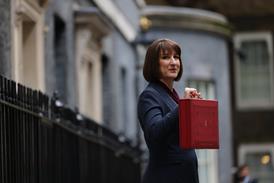















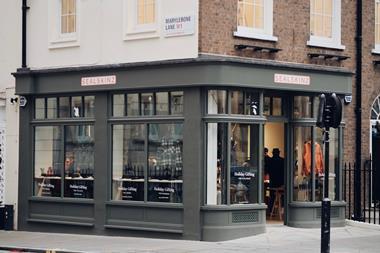
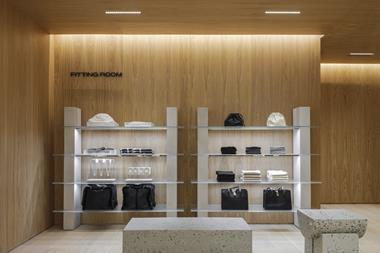
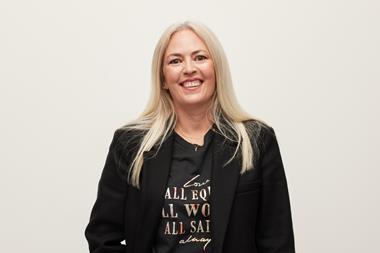


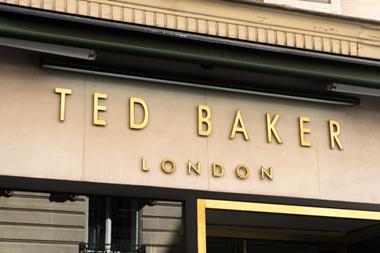
No comments yet